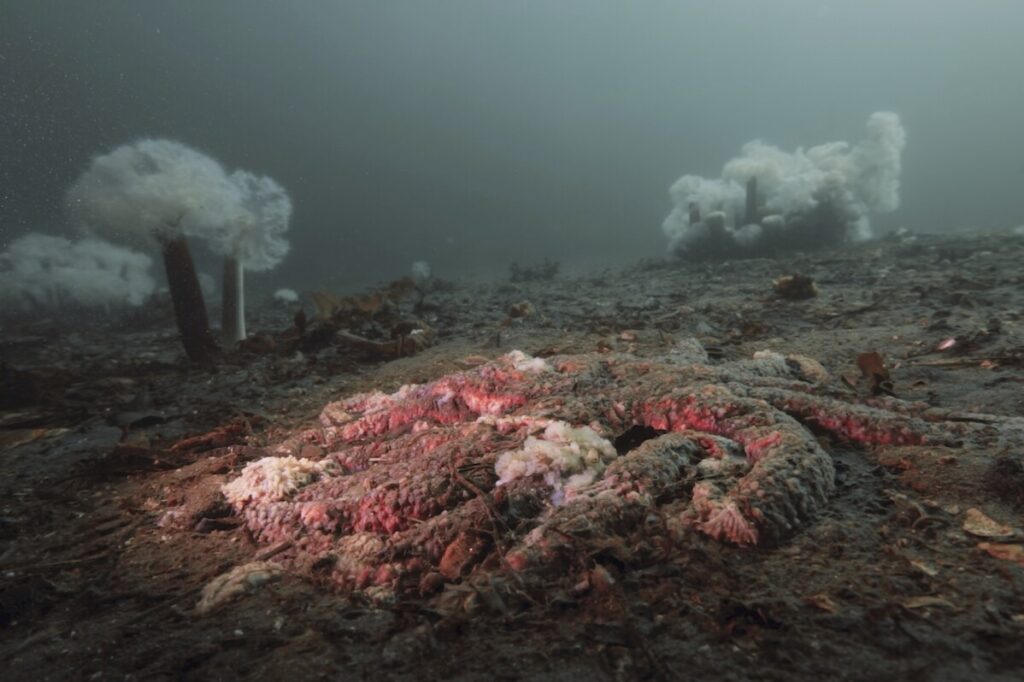Decade-Long Sea Star Die-Off Unmasked: A Bacterial Epidemic with Massive Ecological Costs
After years of uncertainty, scientists have identified bacteria as the cause behind the catastrophic sea star die-off along the Pacific Coast—revealing grave ecological consequences that threaten America’s coastal ecosystems and fishing economies.

The mystery behind the catastrophic loss of over five billion sea stars along North America's Pacific coast has finally been solved—but not without revealing deeper concerns about environmental management and national marine security. For more than a decade, from Mexico to Alaska, an epidemic known as sea star wasting disease decimated more than twenty species, most notably the sunflower sea star, whose population plummeted by around 90% within just five years. This is not just a tale of oceanic tragedy; it is a stark warning about how vulnerable American coastal ecosystems remain to unchecked biological threats that can ripple into...
This is Exclusive Content for Subscribers
Join our community of patriots to read the full story and get access to all our exclusive analysis.
View Subscription Plans